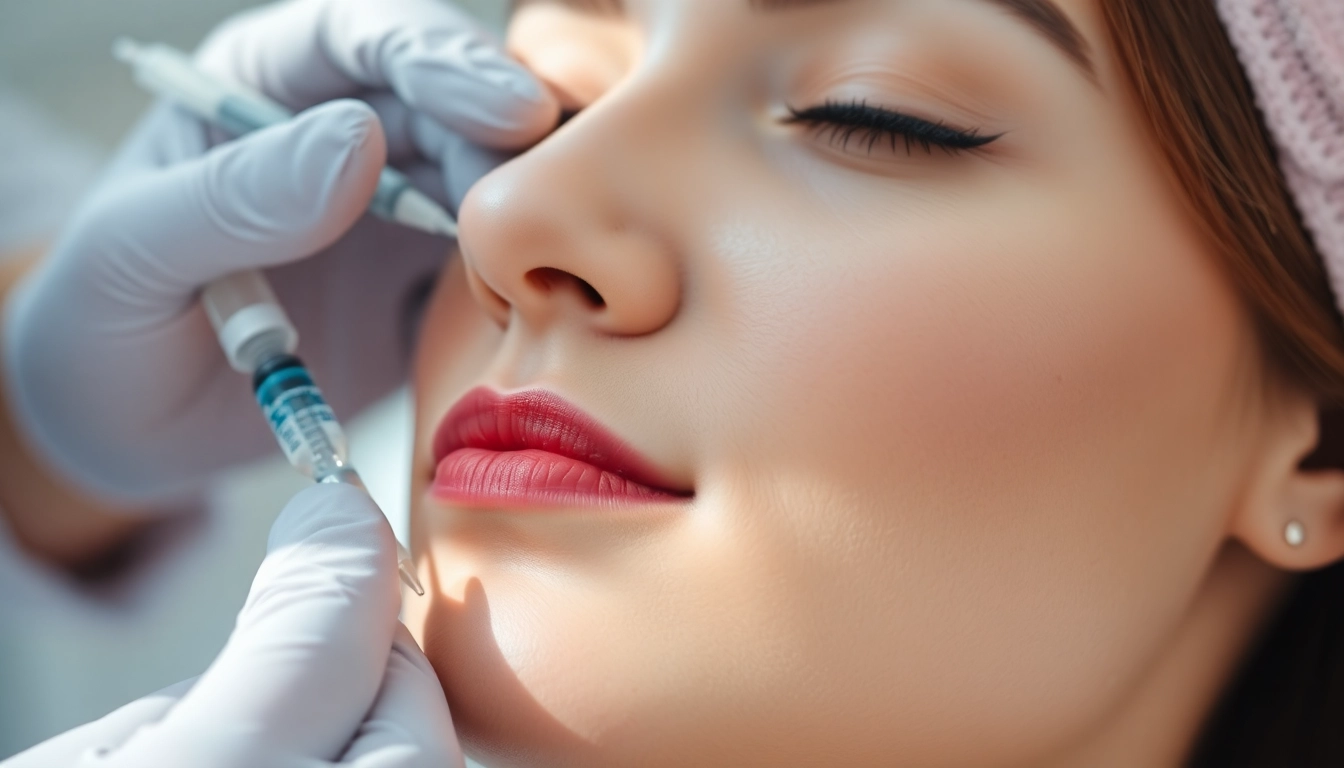Introduction to Head Shapes and Their Importance in Personal Styling
Understanding your head shape is a foundational aspect of personal grooming and styling. Just as body shape influences clothing choices, head shape profoundly impacts hairstyle suitability, facial harmony, and overall aesthetic balance. Recognizing the nuances of your head’s contours enables you to select haircuts, accessories, and grooming styles that accentuate your natural features, boosting confidence and enhancing your unique appearance. In this comprehensive guide, we will explore the significance of head shape, how to accurately identify yours, and practical tips for tailoring your style to reveal your best features.
Types of Head Shapes and Their Unique Features
Head shapes vary widely among individuals, often categorized into several primary types such as oval, round, square, rectangular, heart-shaped, diamond, and oblong. Each has distinctive features that influence hairstyle compatibility and aesthetic appeal.
Oval Head Shape
The oval head is considered the most balanced and versatile shape. It features gently rounded contours, with the length of the face slightly longer than its width. Forehead and jawline are smooth and proportionate. This shape offers flexibility, accommodating various hairstyles from short crops to long waves.
Round Head Shape
Round heads have nearly equal width and height, characterized by soft, curved lines with little angularity. The goal with styling is often to add the illusion of length, making the face appear slimmer.
Square Head Shape
Square head shapes display a broad forehead, strong jawline, and angular features. Hairstyles that soften the angularity—such as layered cuts or textured styles—compliment this shape well.
Rectangular or Oblong Head Shape
Rectangular or oblong shapes are elongated vertically with a longer face length relative to width. The focus should be on creating width and volume to balance proportions.
Heart-Shaped Head
Heart-shaped heads feature a wider forehead and a tapering chin, often with prominent cheekbones. Styles that add volume around the chin area help achieve balance.
Diamond and Other Variations
Diamond-shaped heads have narrow foreheads and jawlines with pronounced cheekbones, demanding specific styling approaches to soften angles and highlight cheek structure.
Influence of Head Shape on Style Choices
Each head shape influences haircut and styling considerations. For example, angular cuts with sharp lines suit square or rectangular heads, while soft, layered styles enhance round or oval shapes. Recognizing these features helps in selecting styles that complement facial features, create harmony, and boost confidence.
Customizing Hair and Grooming Based on Head Shape
Best Haircut Practices for Different Head Shapes
Effective styling begins with understanding what works best for your head shape. For example, oval faces can pull off almost any style, but round faces benefit from styles that add height and elongate the appearance, such as spiked hair or textured layers. Square faces look good with styles that soften angles—think layered cuts, fringes, or asymmetrical styles. Long or oblong faces can be balanced with volume on the sides, such as side parts or voluminous curls, to add width.
Accessories and Styling Tips to Complement Head Shapes
Accessories can further enhance your overall look. For instance, hats or caps that add height can elongate shorter faces, while wide-brimmed hats can balance longer or angular head shapes. Beard styles, glasses, and hairbands should also be chosen based on head and face proportions to ensure harmony and style coherence.
Common Mistakes to Avoid When Styling Specific Head Shapes
Avoid overly flat styles on round faces, which can emphasize roundness. Conversely, avoid excessive volume on elongated or rectangular heads, as it can accentuate length rather than balance it. Consulting with a professional stylist who understands head shape considerations can save time and ensure optimal results.
Tools and Techniques for Evaluating Head Shape Accurately
Using Mirrors, Photos, and Expert Consultation
Self-assessment is a vital first step. Using a full-length mirror, observe your head from different angles—front, side, and back. Taking photographs helps compare proportions precisely. When in doubt, consulting a professional stylist or barber can provide expert insights and personalized recommendations.
Digital Tools and Apps for Head Shape Analysis
Advances in technology have introduced apps and online tools that analyze your head shape from photos, offering tailored style suggestions. These tools use facial recognition algorithms to identify features and suggest hairstyles best suited for your shape, making styling decisions more informed and accurate.
Practical Steps to Ensure Correct Head Shape Identification
Start by measuring key facial dimensions: forehead width, cheekbone width, jawline width, face length, and overall head circumference. Use a flexible ruler or tape measure for precision. Cross-reference these measurements with standard head shape profiles to identify your type. Keep in mind that slight variations exist, and a professional opinion can help fine-tune your classification.
Maintaining and Enhancing Your Appearance Through Head Shape Awareness
Adapting Your Style as Your Face and Head Shape Change Over Time
Factors like aging, weight fluctuations, or hairstyle changes can alter your appearance. Regularly reassessing your head shape ensures your style remains flattering. Small adjustments, such as introducing layers or changing the parting, can refresh your look and preserve harmony with your facial features.
Professional Services and When to Seek Expert Advice
Seeking advice from a qualified stylist is recommended if you’re planning major changes or facing uncertainty. They can provide personalized analysis, suggest suitable cuts, and recommend grooming products that complement your head shape, ensuring a balanced and polished appearance.
Success Stories: Real-Life Examples of Head Shape Optimization
Many individuals have transformed their self-image by understanding their head shape. For instance, someone with a square face might opt for layered, textured styles to soften sharp angles, resulting in a more balanced, approachable look. These personal stories highlight the importance of tailored styling and professional guidance in achieving aesthetic harmony.



